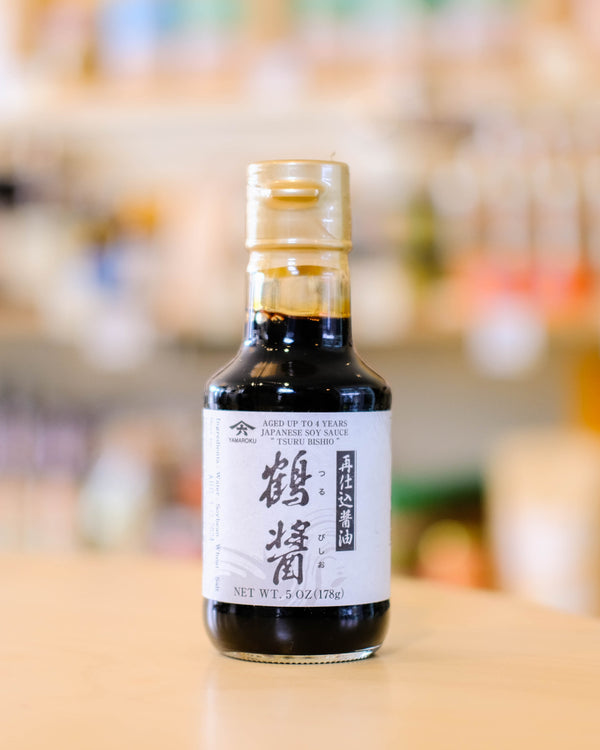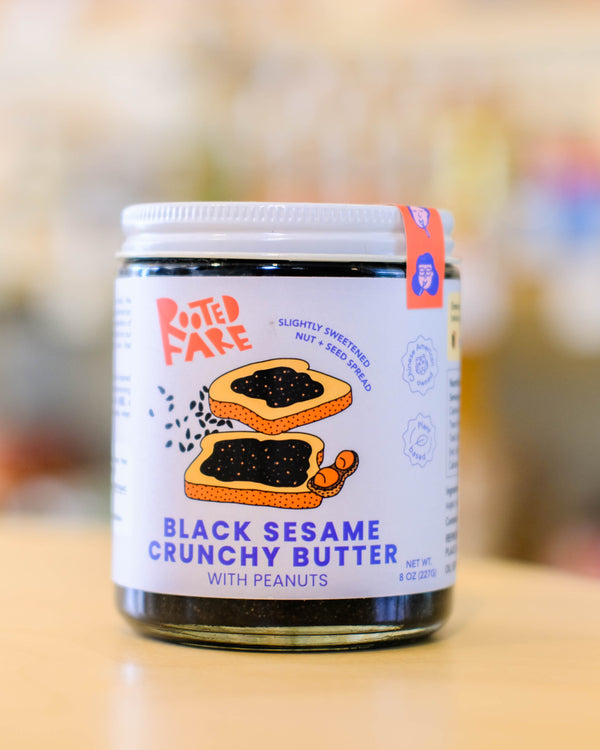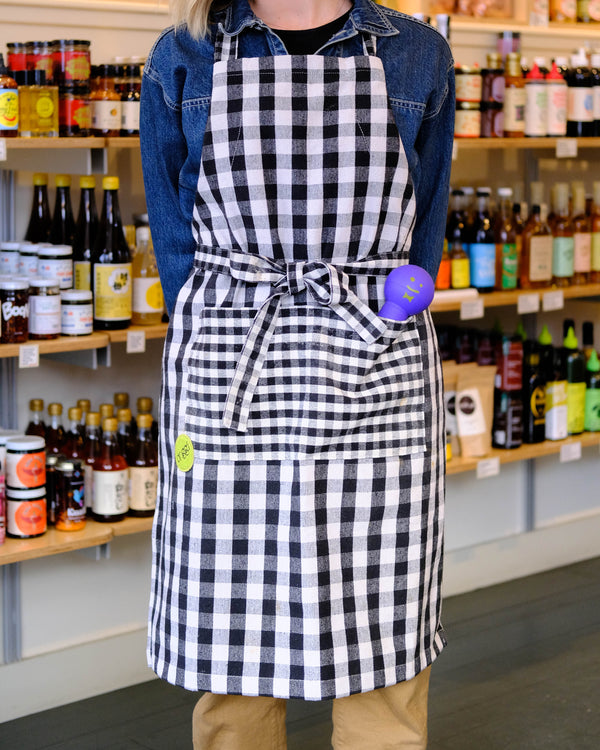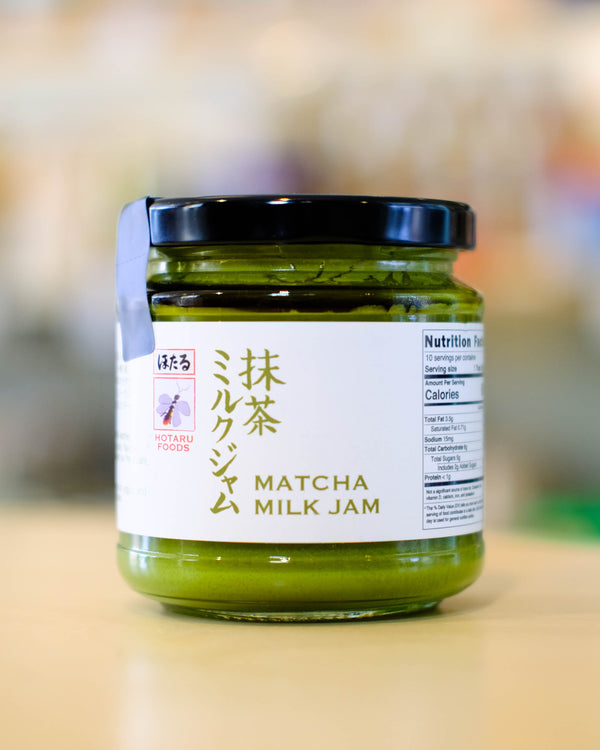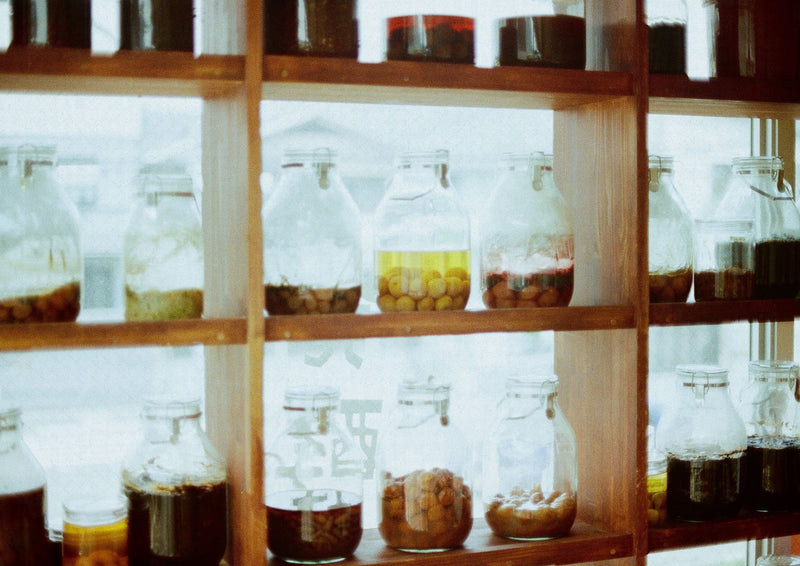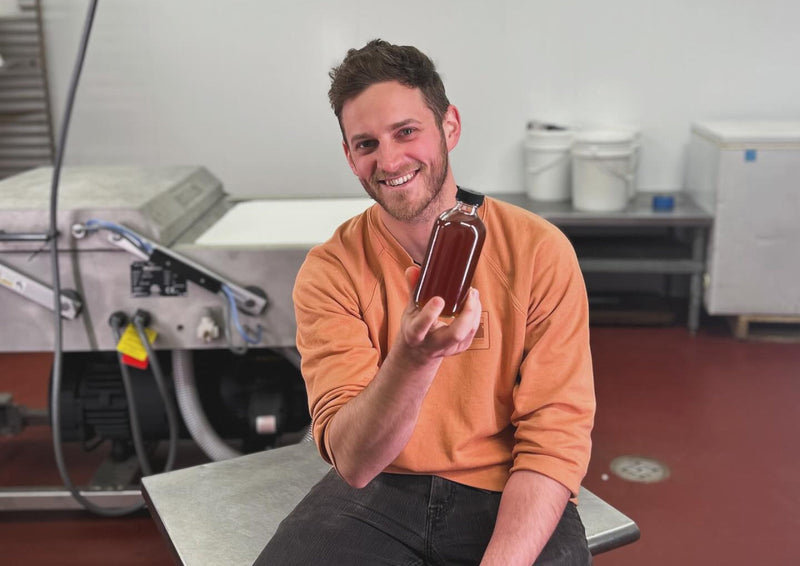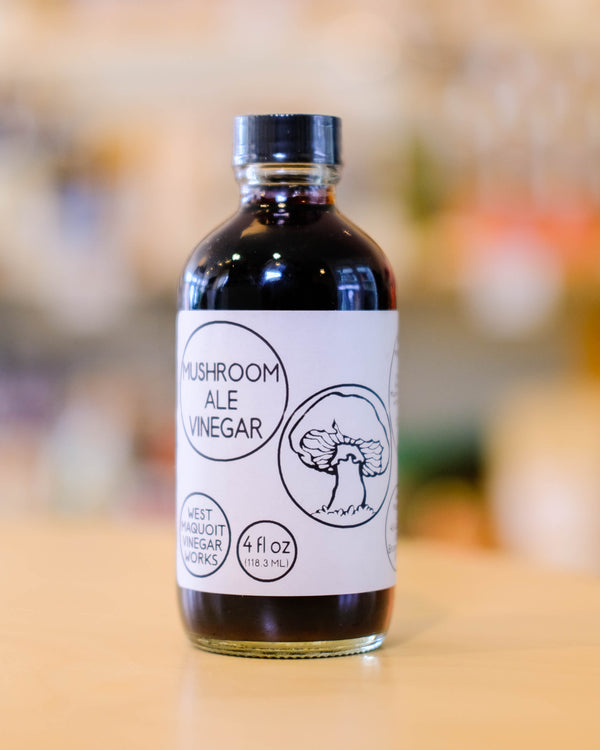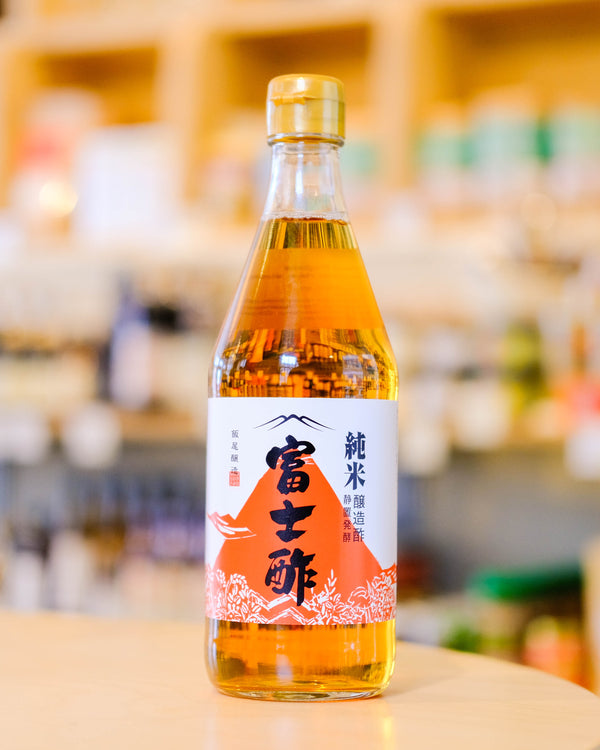Vinegar is one of the oldest and most versatile ingredients out there. It has been used for centuries to flavor dishes, as a preservative, and even as a disinfectant. The world of vinegar is extremely diverse, allowing for a wild creativity whether it’s used in the kitchen, or as an aid to good health.
At Onggi, we use vinegars to preserve foods, add a delightful kick to beverages, and pack a punch of flavor to dishes. Let’s explore the basics of fermentation and vinegar, the different types available on the market today, their practical uses in the kitchen, how to store and preserve them effectively, tips for using vinegar creatively in home cooking, and how to make your own infused vinegars.
Understanding the basics of fermentation and vinegar
Vinegar has been around for a while—traces of the stuff have been found in Egyptian urns dating to 3000 BC, and mentions of vinegar have turned up in scrolls from 5000 BC. It has a tart flavor that can add a depth to dishes, and today’s vinegar diversity is mind-boggling with makers adding in herbs, flowers, fruits, vegetables, and different spices for unique combinations that add flavor and speak to a local terroir.
Vinegar is created by way of our favorite process, fermentation. First, yeast eat the sugar or starch of a liquid from a plant food such as fruit, grains, potatoes, or rice. For example, take white wine vinegar. You squish your white grapes, yeast eat the grape sugar and make alcohol—now you’ve got wine! The alcohol is then exposed to oxygen and the acetic acid bacteria ferment again, forming vinegar. This can take weeks or even months. The more acidic the vinegar, the higher pH.
The various types of vinegar
Are there vinegar sommeliers out there? If not, there should be! There are so many different kinds of vinegars with their own identifying properties based on the type of alcohol that was fermented, the incredible variety of add-ins for vinegar infusions, and the yeasts and acetic bacterias used for fermentation.
Some of the most common types are apple cider vinegar, rice wine vinegar, balsamic vinegar, malt vinegar and white wine vinegar. In each of these categories, a whole world of flavor exists!
Apple cider vinegar is one of the most common types of vinegar, made from fermented apple juice. It has a mild flavor with a subtle hint of sweetness, making it an excellent choice for marinades and salad dressings.
Balsamic vinegar is aged and has a sweet yet tart flavor profile. It can be used as a finishing touch to dishes such as roasted vegetables or even drizzled over ice cream for a unique dessert.
Rice wine vinegar is milder than other vinegars and adds subtle sweetness to sauces and stir-fries.
Malt vinegar has a distinct malt flavor and is commonly used in fish & chips recipes.
White wine vinegar is made from fermented white wine grapes and has a sharp taste that makes it perfect for pickling or adding to vinaigrettes.
When storing vinegars, it’s important to keep them away from light sources like direct sunlight or fluorescent lights, as these can affect their flavor over time. Store them in cool, dark places away from heat sources like ovens or stoves since high temperatures can alter the acidity levels in some vinegars.
If you're looking for creative ways to use vinegars in your cooking at home, consider making your own infused vinegars by adding herbs or spices like garlic or rosemary to regular store-bought vinegars. Use your imagination—find herbs and flowers in your garden to add!
The practical uses of vinegar in the kitchen
Vinegar has been used in the kitchen for centuries as an ingredient and a tool. Its acidity makes it ideal for tenderizing meat, creating flavorful marinades and salad dressings, pickling vegetables, and preserving food for longer shelf life.
Vinegar helps to break down tougher cuts of meat by softening proteins and reducing cooking time—add a few tablespoons of vinegar to your marinade or rub to soften the texture of the meat before cooking.
Vinegar can also be used to create more complex flavor profiles in salad dressings and marinades. Combine your favorites with oil, herbs, spices, garlic, shallots and other ingredients to create unique flavor combinations.
Love pickles? Us too! Vinegar is great for making pickles and other fermented vegetables at home. Use a combination of vinegar, water, salt, sugar (or honey), herbs and spices to create your own custom pickles with whatever flavors you enjoy.
Here are some of our favorite vinegars at Onggi

An everyday joy, Cabi brings the yuzu brightness to their rice vinegar infusion. Perfect for adding that little bit of zing to your summer dishes. With a hint of sweetness, it’s great over fruit salads, too!

If I was left on a desert island and could only take a handful of culinary products, this rice vinegar would be high on the list as something I just couldn’t live without. A gentle rice flavor with a beautiful acidity that’s not overwhelming, this vinegar pairs perfectly with rice bowls—a staple dish in my weekday routine.

Lavender Vinegar, Tart Vinegar
The cottagecore vinegar of your dreams, this lavender infusion from Tart is sourced from farms in the Great South Bay area of Long Island, New York. I love to add a touch to a cocktail for a tart floral element.

Mushroom Ale Vinegar, West Maquoit Vinegar Works
An earthy and tart vinegar made with mushroom scotch ale and infused with black trumpet mushrooms, which are high in vitamin B12. A perfect accompaniment for umami forward dishes that need a little bit of a kick from our friends at West Maquoit, made locally in Brunswick, Maine.

Quincannon Organic Apple Cider Vinegar, Eden Acres Family Farm
Apple cider vinegar is a kitchen staple for a reason, and this Quincannon stunner shows you why it should be one of your most appreciated vins. Over 30 different kinds of heirloom apples are in the blend, showcasing New England’s mainstay fruit. Tangy, smooth, and rich, it’s perfect as a base for a shrub.

Ewing Fruit Co. Wild Maine Blueberry Cider Vinegar
The smell of this vinegar instantly transports me to the gorgeous Maine wild blueberry barrens just an hour drive away from Portland, or to my friends’ winery, R.A.S. where they lovingly make natural wine from Maine wild bluebs. These tiny blueberries aren’t your average sweets. They rock intense complex flavors of tart, bitter, sweet, and that Maine je-ne-se-quoi.

Ramps! They’re fleeting, slightly garlicky, slightly onion-y, and completely shown off in this vinegar by Lindera Farms. If you’re a ramp-head like me, having this vinegar in your pantry is a constant supply of spring. I reach for it on a cold day to remind me of the bounty that lies ahead. Perfect for salads, sprinkled over roasted veg, or really anywhere I’m using garlic.



